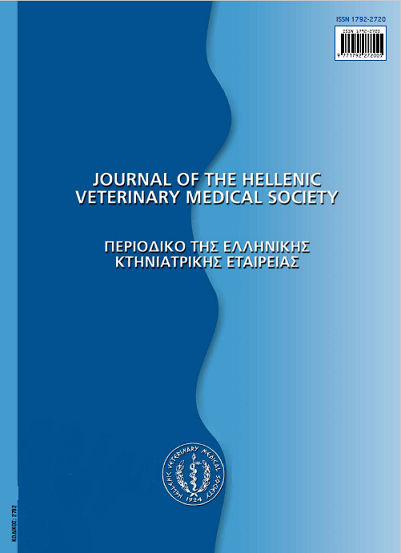Recommendations for the safe transport and delivery of laboratory animals to research centres
Abstract
This paper reviews the current requirements for the transport and delivery of laboratory animals to research centres, in order to achieve an optimum level of their health and welfare. Transport conditions, delivery and reception of animals at the facility, their clinical examination by a veterinarian and management during the acclimatization period are considered to be of maximum importance for the preservation of their health and welfare status, as well as for the validity of experimental results. The current existing legislation and the recommendations issued by European and international organizations are presented, taking into account the fact that they are under continuous update according to new scientific evidence.
Article Details
- Come citare
-
DONTAS (I.A. ΔΟΝΤΑ) I. A., & MARINOU (K.A. ΜΑΡΙΝΟΥ) K. A. (2017). Recommendations for the safe transport and delivery of laboratory animals to research centres. Journal of the Hellenic Veterinary Medical Society, 57(2), 149–156. https://doi.org/10.12681/jhvms.15025
- Fascicolo
- V. 57 N. 2 (2006)
- Sezione
- Review Articles
Authors who publish with this journal agree to the following terms:
· Authors retain copyright and grant the journal right of first publication with the work simultaneously licensed under a Creative Commons Attribution Non-Commercial License that allows others to share the work with an acknowledgement of the work's authorship and initial publication in this journal.
· Authors are able to enter into separate, additional contractual arrangements for the non-exclusive distribution of the journal's published version of the work (e.g. post it to an institutional repository or publish it in a book), with an acknowledgement of its initial publication in this journal.
· Authors are permitted and encouraged to post their work online (preferably in institutional repositories or on their website) prior to and during the submission process, as it can lead to productive exchanges, as well as earlier and greater citation of published work.



